|
by Marriott_Guy |
|
|
With the success of their PC Engine and CD-ROM2 line of systems in Japan, NEC looked to combine this technology into an ultimate
gaming machine. NEC partnered with Hudson Soft, their largest third party game developer, in developing this extremely versatile
console which they named the NEC Duo. The Duo is a combination of the PC Engine and Super CD-ROM2 systems packaged in a modern, sleek, matte-black casing. The somewhat minimalistic design contradicts the machine's capabilities. The console integrated Super System Card technology within its motherboard and provided 192 KB of extra RAM. This extra memory was utilized to boost system performance in addition to providing space for internally saving game data (a first for any NEC console). The Duo was compatible with HuCards, CD-ROM2 and Super CD-ROM2 right out of the box (in addition to Audio CD and CD+G software). This provided great value for the gamer due to the huge library of compatible NEC titles that were available in 1991 (400+). NEC banked on this value quotient and set the price accordingly for obtaining one of these gems, debuting in September of 1991 in Japan for $399 (59,800 yen). Despite this high price point, the Duo was well received by critics and gamers alike. This spawned two additional models, the Duo-R and Duo-RX. Internally, they are the same machine encased in a slightly different chassis. The headphone jack and the locking HuCard door were removed from the latter two models. The Duo-RX also featured a six button controller opposed to the standard two button gamepad that was distributed with the Duo and Duo-R. Overall, all models received significant support from the gaming public. |
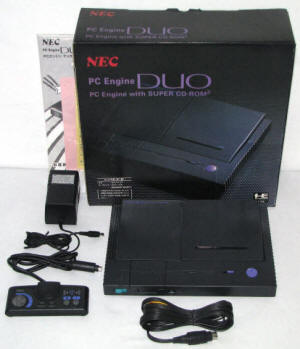 |
|
Looking to capitalize on this success, NEC set its sights on expanding the Duo into familiar, yet less than friendly territory - the
United States. NEC had previously experienced minimal success in penetrating the US market with their release of the
TurboGrafx-16 and its add-on, the TurboGrafx-CD. Poor marketing and a lack of software support (both first and third party) were
its nemesis for these failures. NEC decided to take a different approach this time when entering the volatile and highly
competitive US market. Distribution and marketing would not be done by its internal branch in the US (NEC Home Electronics USA),
would be outsourced to a little know company named TTI. Turbo Technologies, Inc. (TTI) was a US-based company comprised of NEC and Hudson Soft employees. They were tasked with penetrating a highly saturated market with this new Duo console, named the TurboDuo (Turbo Duo). The system launched in October of 1992 for $299, an extremely aggressive price point considering the TurboGrafx-16/CD lack of prior retail support. TTI packaged the TurboDuo with a variety of games that showcased its immense compatibility (TurboChip, TG-CD, SuperCD) in an attempt to enhance perceived value. Despite these overtures, a scrape would ensue with their long time foe Sega. Sega released the Sega CD just one month after the TurboDuo. Though not an "all-in-one" machine like the Duo, Sega had garnered a significantly greater percentage of the US market with its highly successful Sega Genesis system. This consumer loyalty, coupled with Sega's excellent marketing strategies, proved to be too much to overcome for TTI. NEC (TTI) ended their support for the TurboDuo in 1995. The Duo (TurboDuo) is overall an excellent gaming machine. The console itself is rather fragile and is known for having issues with the CD drive and sound components. The good news is that these are easy machines to work on and there are many aficionados that can assist with needed repairs for a reasonable price. The plethora of games that are available for Duo systems (800+ now) make this a cherished and highly sought after console. |
|
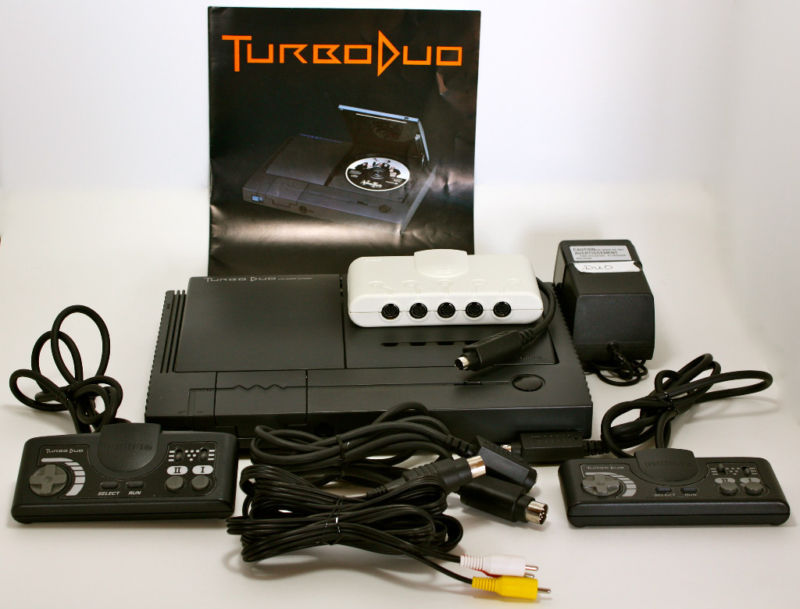 |
|
|






 2010s - NOTES
2010s - NOTES


 MODELS
MODELS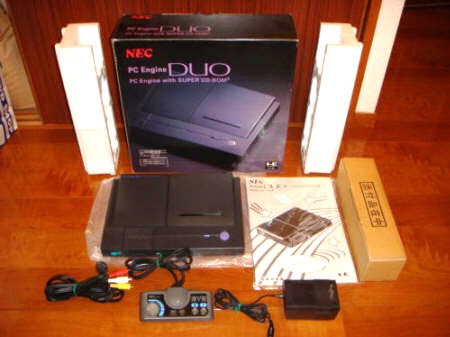
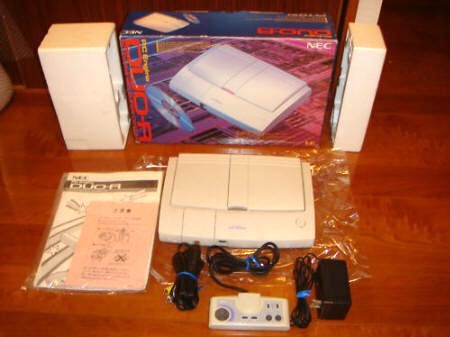
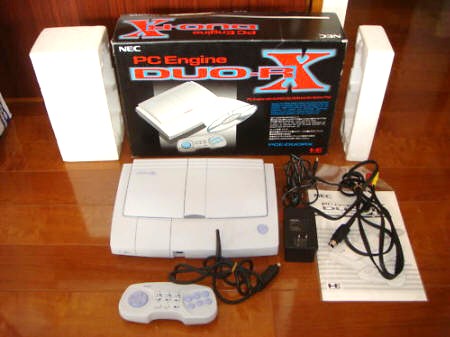

 CLONES
CLONES CONSOLE RATINGS
CONSOLE RATINGS
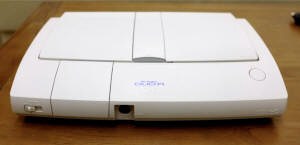

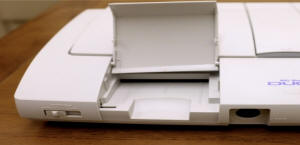
 SPECS & MANUALS
SPECS & MANUALS OTHER
MEDIA
OTHER
MEDIA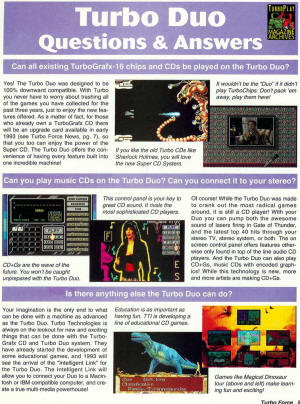
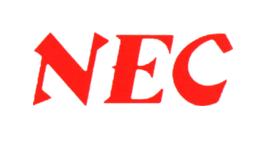
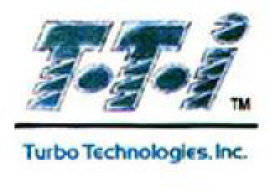
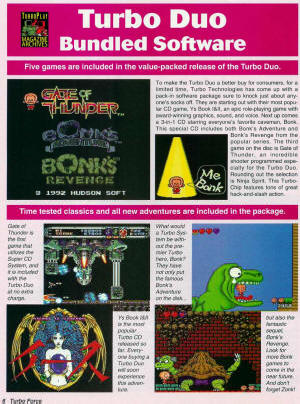
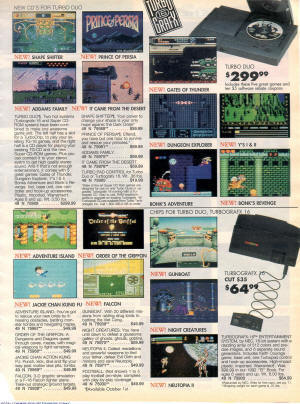
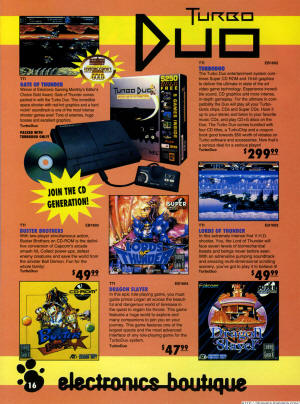
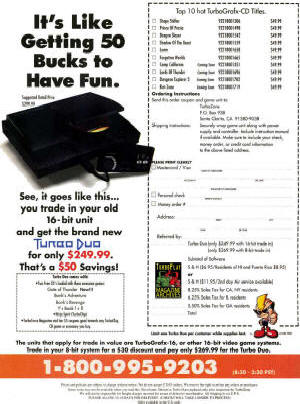
 WEB RESOURCES
WEB RESOURCES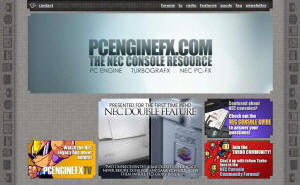
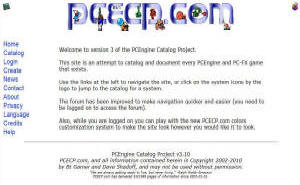
 DISCUSS
DISCUSS